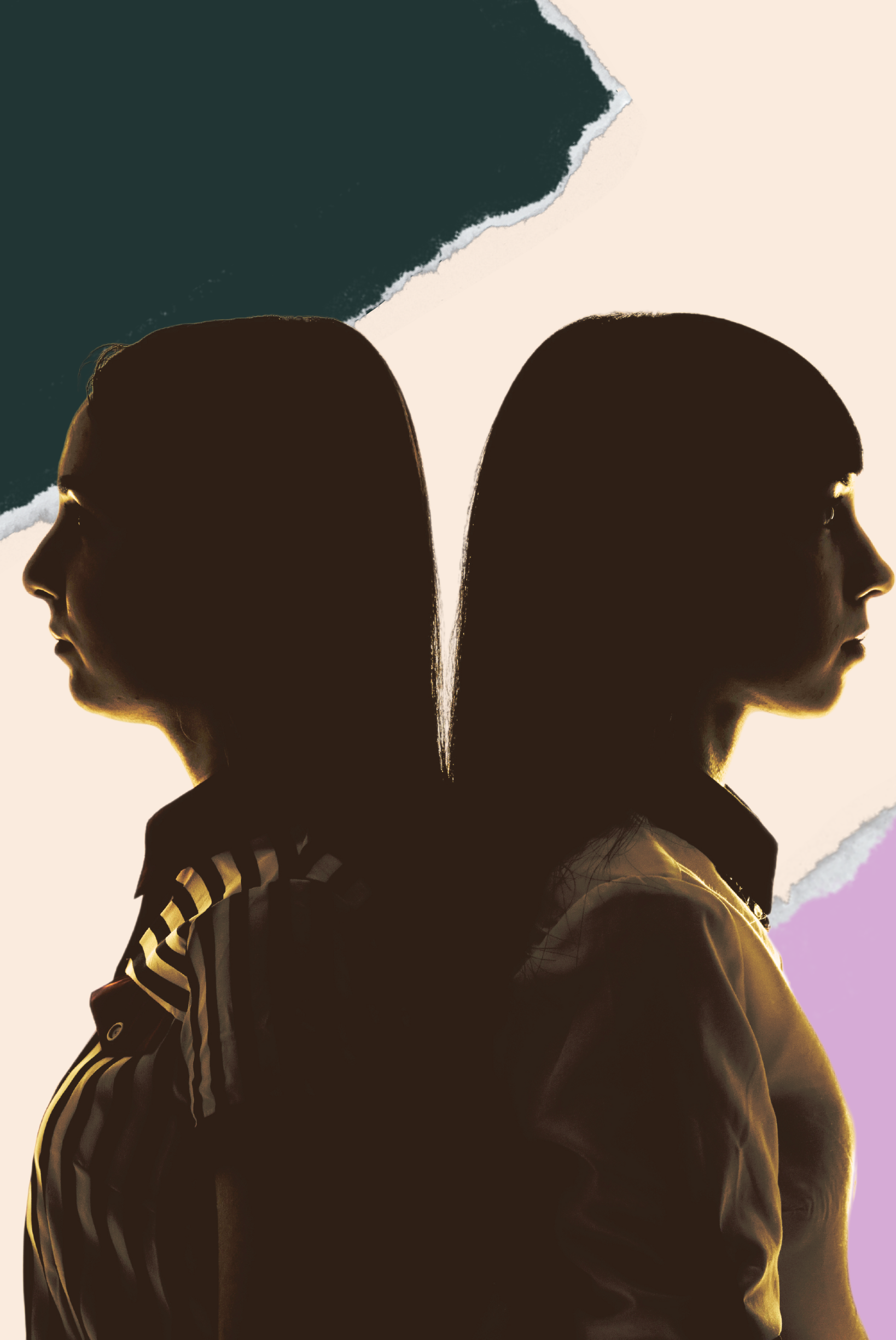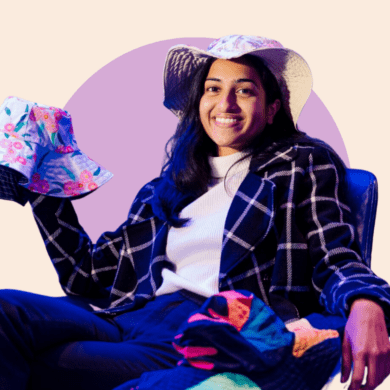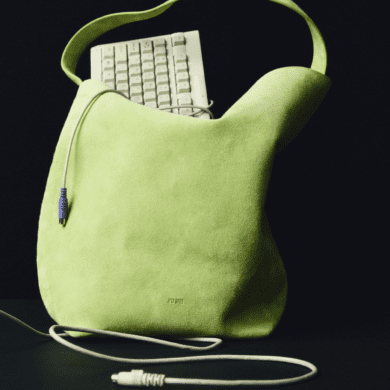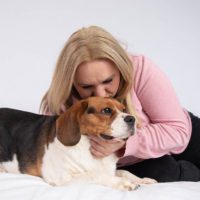It was late one autumn night that Jay* finally accepted her five-year relationship couldn’t be salvaged. The streets that lined her suburb were still and empty, but inside her home the noise wouldn’t stop.
That night, Jay’s partner stood at the top of the stairs, furious and screaming, trying to get a reaction from Jay. As the tirade continued, Jay curled herself into a ball at the bottom of the stairs, attempting to make herself as small as possible.
“I couldn’t move, I was absolutely paralysed.”
It was this scene that greeted police when they arrived at the same-sex couple’s home, after their neighbours called Triple 000. No charges were laid, but the incident was enough to convince Jay that it was over, and within weeks the pair had separated.
Looking back, she says she can see the relationship was both unhealthy and unsafe. But at the time, Jay, who’s built a career as an activist and sharp communicator, didn’t recognise it as domestic abuse.
“There’s this misconception, especially in the lesbian community, that [relationships are] just going to be so much better, easier, and safer when you’re dating women (as opposed to dating men),” says Jay, who explains that this was her first same-sex relationship.
There’s this misconception, especially in the lesbian community, that [relationships are] just going to be so much better, easier, and safer
“When we’re talking about domestic and family violence, and sexual violence as well, we’re always talking about a heterosexual dynamic. There’s an assumption that it doesn’t exist in our community, especially for someone who’s new to it.
“So, for me there were red flags early on in the relationship, but it was very easy for me to ignore that.”
Intimate partner violence in same-sex relationships is something that’s rarely talked about. Yet, there is evidence of high rates of abuse in minority relationships, with some studies suggesting that it may even be more common than in heterosexual relationships.
The data is imperfect, but revealing. A 2019 survey of 7000 LGBTQI+ people by La Trobe University found that three in five had experienced violence from an intimate partner (which compares to one in three for heterosexual women).
In 2017, researchers drawing on Australia’s long-term study into women’s health, found that women who identified as mainly heterosexual, bisexual or lesbian were two to three times as likely to have been in a violent relationship in the past three years, compared with women who identified as exclusively heterosexual.
Neither study identifies the gender identity or sexual orientation of the abuser, but the admittedly incomplete data does reveal a disturbing reality not widely acknowledged.
“Anecdotally, we know that the rate of abuse in LGBTQ+ relationships is alarming,” says Ben Bjarnesen, a former police officer who became an advocate for better services for LGBTQ+ victims and survivors after he experienced abuse himself within a same-sex relationship.
Anecdotally, we know that the rate of abuse in LGBTQ+ relationships is alarming
This year, the University of NSW is embarking on a ground-breaking National Survey of LGBTQIA+ Experiences of Sexual Violence. Advocates hope it will provide insights into queer relationships, and ultimately lead to action.
“There’s still a huge amount of work to be done because at the moment, LGBTQI people are being placed at a greater risk of harm and abuse because it’s not being identified early on, so it’s not being responded to appropriately,” says Bjarnesen.
Right now, mainstream services are focused on the domestic violence crisis in the general population, where one woman is killed by a partner every week on average. Understandably, these services are focused on preventing homicide and homelessness.
But as long as same-sex abuse is overlooked, women like Jay will be rendered vulnerable – unseen and unsupported by the system. Many LGBTQI people don’t recognise the early signs of domestic violence, which can present differently within same-sex relationships – and even when they do, there can be unique obstacles to getting help.
There’s also an argument that failing to acknowledge abuse within LGBTQI relationships is symptomatic of another problem: a one-size-fits-all approach to domestic violence underpinned by the belief that addressing gender inequality can eradicate DV.
The reality, say some advocates, is far more nuanced, and ignoring these nuances only obscures important truths.
Like Jay, Kelly, who’s in her early 50s and lives in regional NSW, entered her first lesbian relationship feeling hopeful of safety and comfort. “I felt safer with another woman. I just felt very different. Once the abuse started, I was taken aback. I never thought it would happen.”
I felt safer with another woman. I just felt very different. Once the abuse started, I was taken aback
Kelly, who was previously married and has adult children, says her ex was abusive, deploying coercive control to manipulate and control her.
“We were together for more than a decade. That’s a long time to have someone beat you down. To make fun of you every day, in front of their friends. I wasn’t allowed to have my own friends, which was my mistake. Now I know. I’ll never ever let someone tell me who I can and can’t see again.”
She says she ultimately learned abuse can affect all relationships. “In reality, it happens whether you’re female, male, same sex, non-binary. It’s a human thing. It’s not about gender.”
It happens whether you’re female, male, same sex, non-binary. It’s a human thing. It’s not about gender
And yet abuse within same-sex relationships can present differently compared to heterosexual relationships. The data from LaTrobe University’s survey shows it’s more likely to be emotional, than physical. Homicide is much less common.
According to Living Proud in WA, which runs workshops that offer training and guidance around sexuality and relationships, same-sex abusers can threaten to ‘out’ their partners, playing on fears of repercussions, shame, the risk they might lose their jobs, and become isolated.
Perpetrators could access funds their partners need for gender affirming care, coerce them to transition or coerce their partners into a non-monogamous relationship. They can rely on community apathy, since ‘no-one’s really invested in our relationship’. They can reinforce fears their partners won’t be believed, including by police, and that they’ll be mistreated.
Queer people might also face unique barriers to reporting the abuse or seeking help.
Kelly says that coming out as a lesbian had left her isolated from her family, and she felt too ashamed to ask for help when the relationship became abusive.
“Honestly, I felt I’d failed again. Here I was.. ‘Your daughter’s a lesbian’, even though I’d been married to a male, and had three children. I just didn’t want to fail anyone. I was in shock. I was embarrassed. I was ashamed this was happening to me.
“I thought she cared. That’s what I thought it was. And in the end, the whole thing was control.”
Honestly, I felt I’d failed again. I was embarrassed. I was ashamed this was happening to me
Others worry about making the queer community look bad. “There’s enough about being gay, without having to put this on top of it,” says Kelly. “We’re different. And we’re already put in a box, so you can’t add to that and make us look bad, because in the eyes of other people, we’re already different, not in a good way.”
Jay agrees, adding: “For so long, we’ve had to be all rainbows and parties, and everything is great. We’re so wonderful and happy. And not reveal anything wrong in our community, because we’ve had to fight against early stereotypes to make ourselves seem so palatable.
For so long, we’ve had to be all rainbows and parties, and everything is great.
“As a community, we have absolutely erased any insight into these issues, because as soon as you talk about them, people who don’t want us to exist, or who don’t want us to have equal rights, will grab onto it.”
But even when LGBTQI+ people do seek help, there can be gaps in the support available. Katie Green, the managing principal solicitor at the Inner City Legal Centre, Sydney’s only dedicated LGBTQ service, believes that police fall short in their response to same-sex abuse.
“In terms of police training and literacy, a lot of the information and education that is available is heterosexual in focus, and focused on women, because we know by and large the majority of victims of DV are women. Their training and education doesn’t really contemplate lesbian, or trans or same-sex male relationships.”
“The police might attend, but they don’t do anything, or they don’t act. They don’t decide to lay an AVO, they don’t really conduct a thorough interview, and they don’t take steps to ensure safety.”
Green says that among the reasons might be the view, particularly with lesbian relationships, that “it’s kind of girly, nothing to be taken seriously.”
Often, her clients will only reach out to her when “things have gotten really, really bad… Ongoing, pervasive abuse that winds up in total control: financial abuse, control over relationships, control over time, going through phones.”
Professor Michael Salter, from the University of New South Wales, is an expert in child sexual exploitation and gendered violence, and an associate professor of Criminology. He’s frustrated by a system that compartmentalises and undervalues LGBTQI experience.
“As long as our framing is fundamentally about men’s violence against women, driven by men’s attitudes towards women, we will always be wrong footing the experience of LGBT people.”
But he believes the problem goes deeper than this. “I don’t think we should treat LGBT experience as a kind of exceptional case. I think it’s actually teaching us something really important about gender-based violence, that we can use to further our mainstream prevention efforts.”
For Salter, the prevalence of same-sex abuse signals a major flaw in our understanding of domestic violence and undermines the prevailing view that domestic violence is caused, in large part, by gender inequality.
“To learn from the LGBT sector [is] to understand that if you take men out of the equation, gender-based violence is continuing at fairly similar levels. That suggests to us that the solution to men’s violence against women is not just men’s attitudes.”
It’s a viewpoint that could have far-reaching implications for the way we address domestic violence, and it’s already gaining traction in high places. Earlier this month, Prime Minister Anthony Albanese gave a speech saying: “we must recognise that gender equality – while essential – does not safeguard against family violence on its own… That is why addressing family violence cannot begin and end with efforts to achieve gender equity or economic equality. We have to go deeper than that.”
A deeper focus that takes in LGBTQI experiences of abuse is what many community advocates want to see. They say to keep people safe, there has to be a renewed effort to better understand where the violence is coming from. That, and more funding, research, training and awareness.
*Not her real name
Are you or someone you know experiencing violence? Call 1800 RESPECT












No Comments